Mon, Oct 23 - Tue, Oct 24
Black Hat Trainings at SecTor provide opportunities for firsthand technical skill-building. Black Hat Trainings are taught by specialists, for offensive and defensive hackers of all levels.
Wed, Oct 25 - Thurs, Oct 26
Learn the latest information security risks and trends in SecTor Briefings. Researchers share original developments on topics ranging from exploit development, platform security, malware and more.
Wed, Oct 25 - Thurs, Oct 26
Network with cybersecurity professionals and evaluate a broad range of security products and open-source tool solutions developed by SecTor partners. The 2023 Business Hall offers unique opportunities for attendee, vendor, and community engagement.





